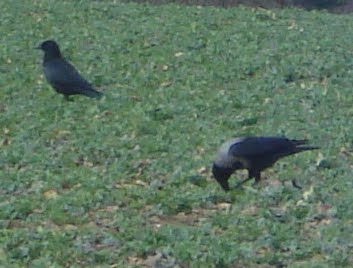

Outside the local area, I went on a National Trust for Scotland Wild flower Walk at the Grey Mare's tail reserve near Moffat in the Scottish Borders.













 Greater Stitchwort
Greater Stitchwort















 The Union canal has been completely frozen for at least a week now. All the water birds - swans, ducks, moorhens and coots, have gone - where exactly I don't know. Some may have gone to the Water of Leith, though even it has started to freeze round the edges, others to larger expanses of freshwater (many of these are frozen too) or perhaps to the seashore. Small birds are so much more visible at present against the white backdrop. Wrens in particular I've seen so many of along the river and canal. No doubt this makes them more vulnerable to predators, in additon to the danger they face from the intense cold. Woke briefly in the middle of last night to hear snow granules blowing hard against the window, then the unexpected and eerie sound of a tawny owl calling through the snowstorm.
The Union canal has been completely frozen for at least a week now. All the water birds - swans, ducks, moorhens and coots, have gone - where exactly I don't know. Some may have gone to the Water of Leith, though even it has started to freeze round the edges, others to larger expanses of freshwater (many of these are frozen too) or perhaps to the seashore. Small birds are so much more visible at present against the white backdrop. Wrens in particular I've seen so many of along the river and canal. No doubt this makes them more vulnerable to predators, in additon to the danger they face from the intense cold. Woke briefly in the middle of last night to hear snow granules blowing hard against the window, then the unexpected and eerie sound of a tawny owl calling through the snowstorm.
Copyright 2010 Edinburgh and Lothians Wildlife Diary. Powered by Blogger | Blogger Templates created by Deluxe Templates